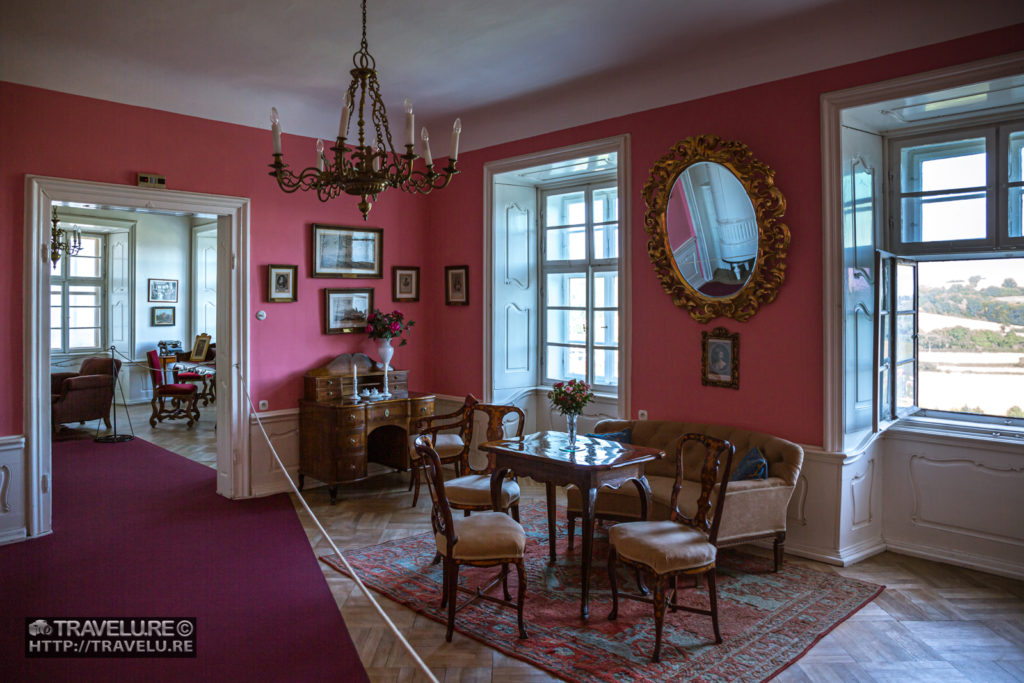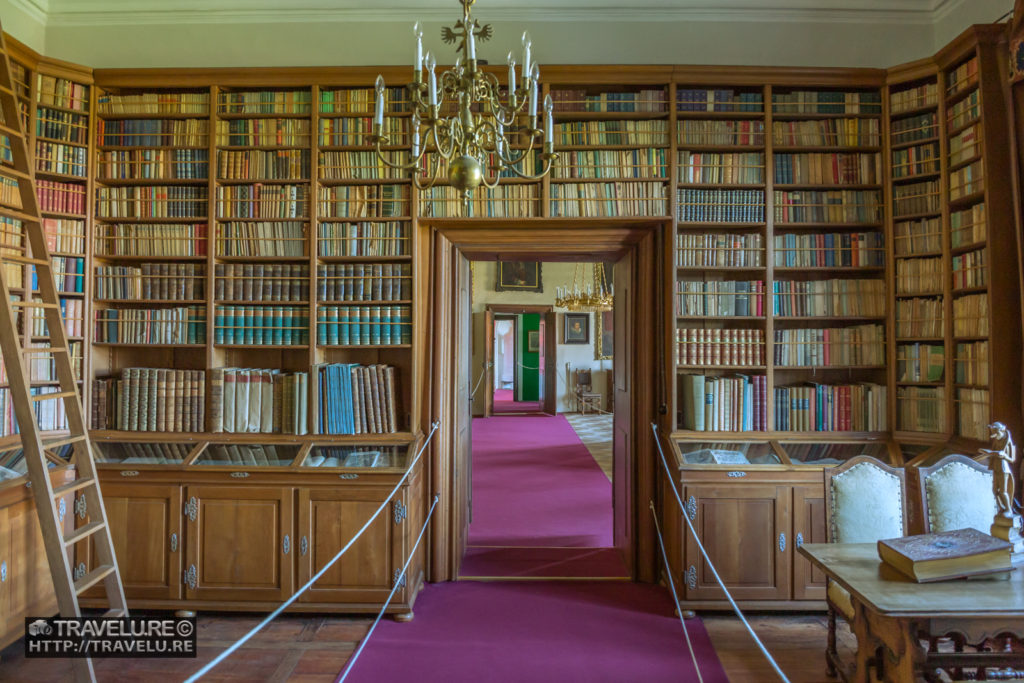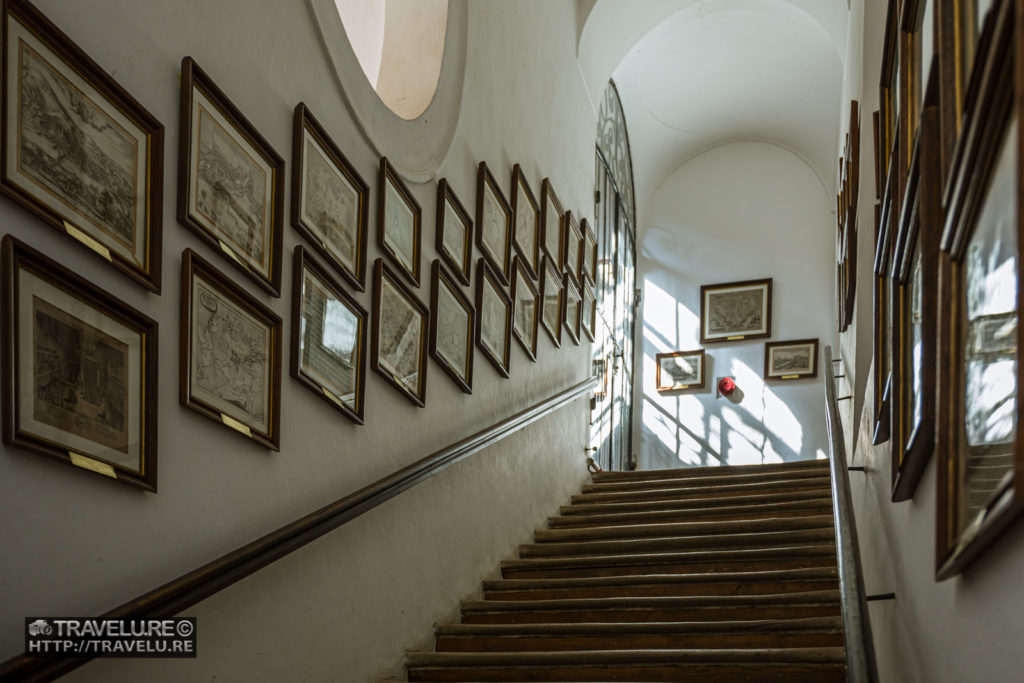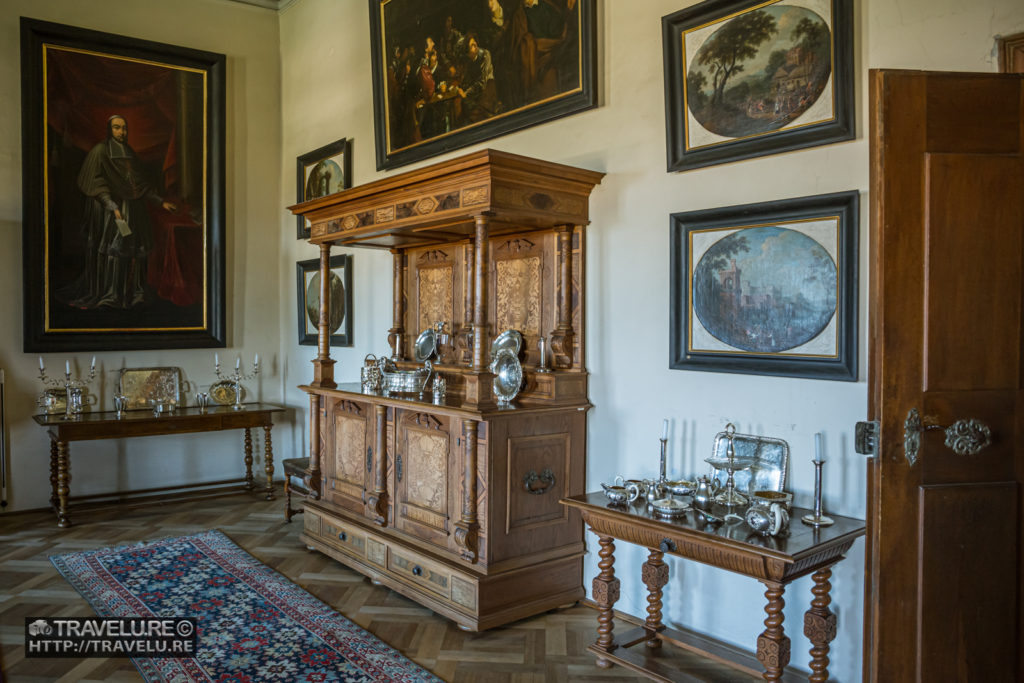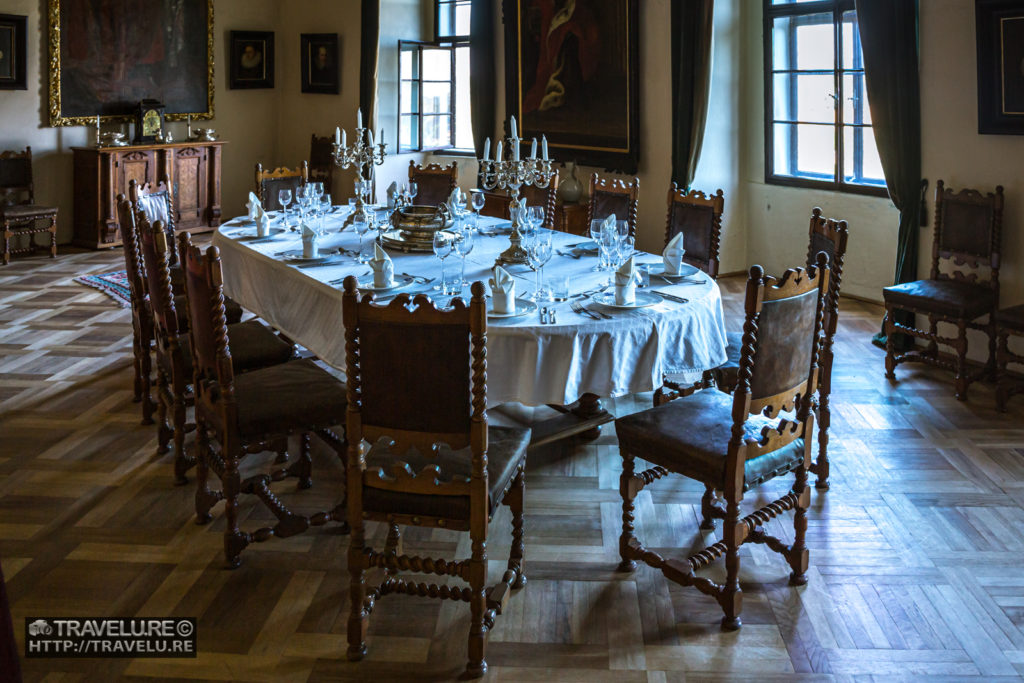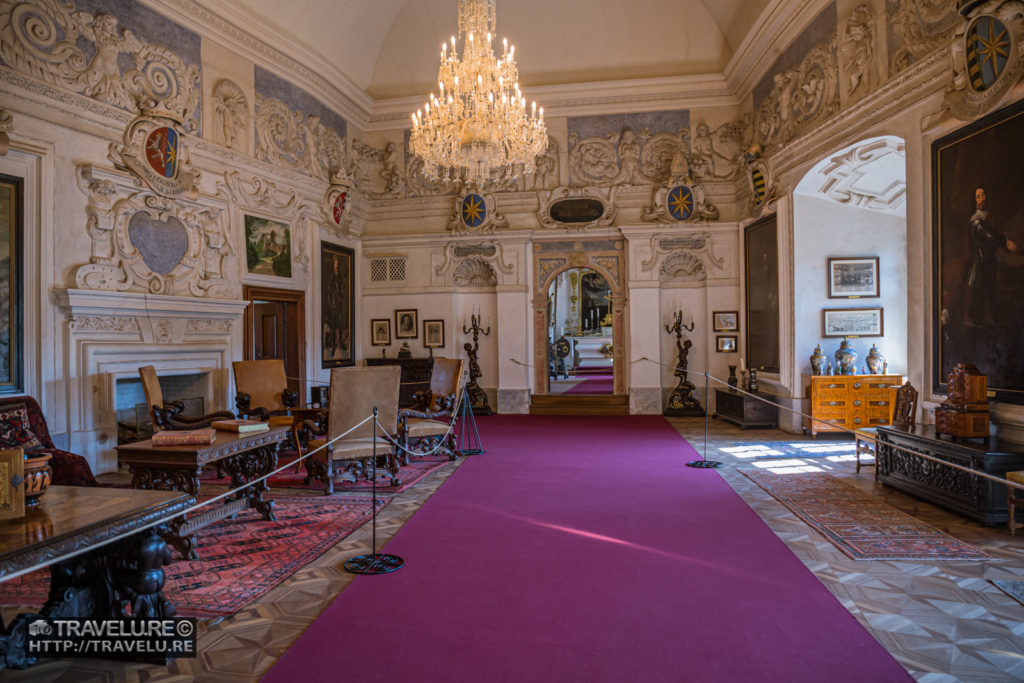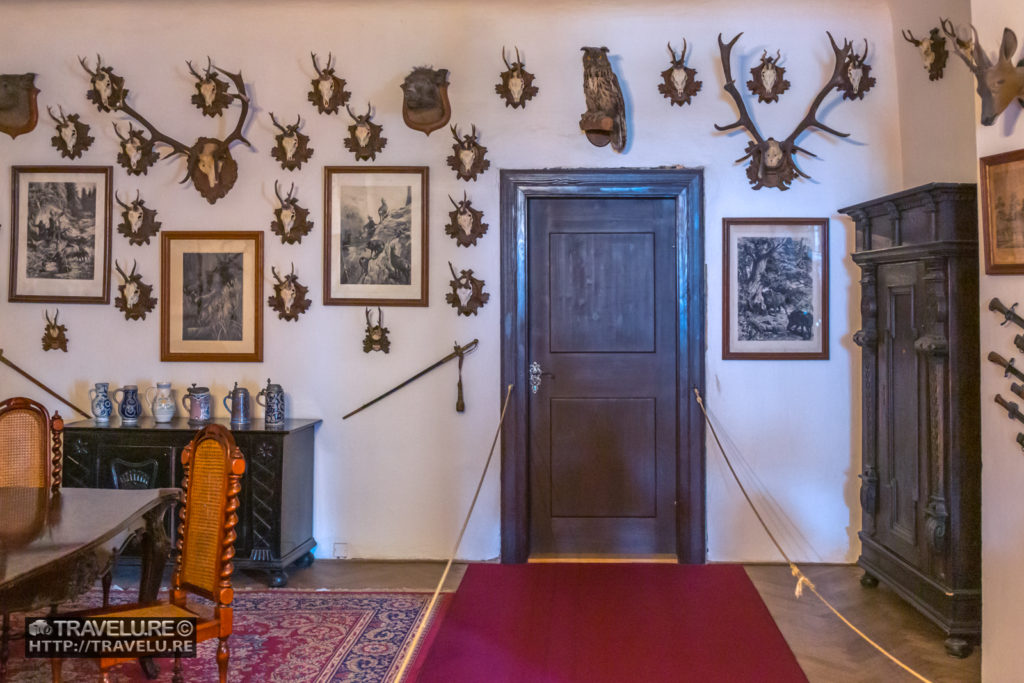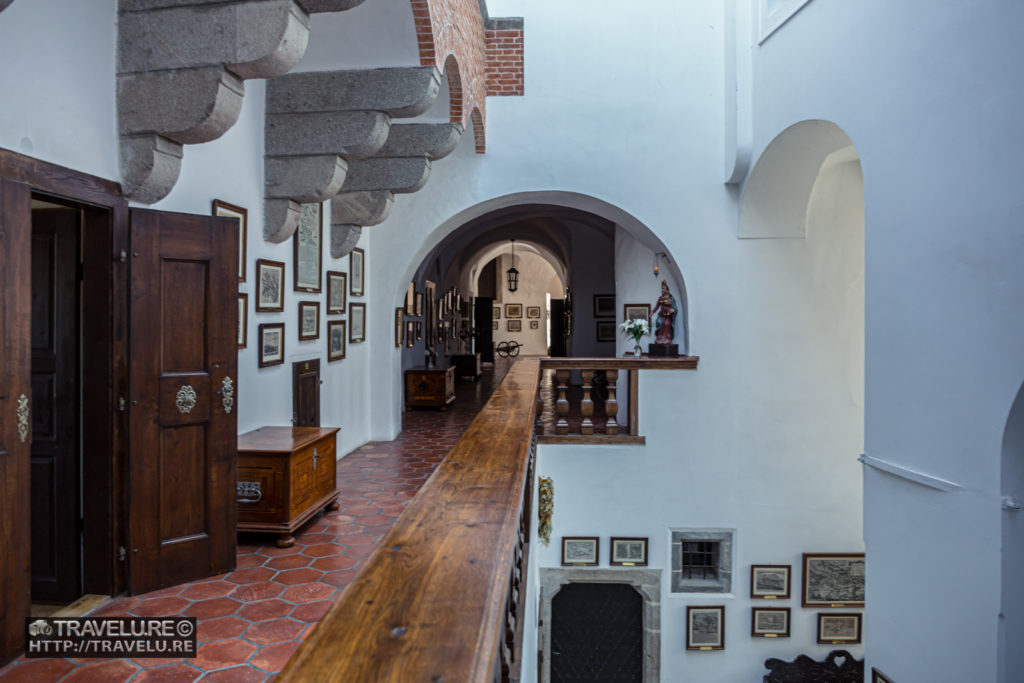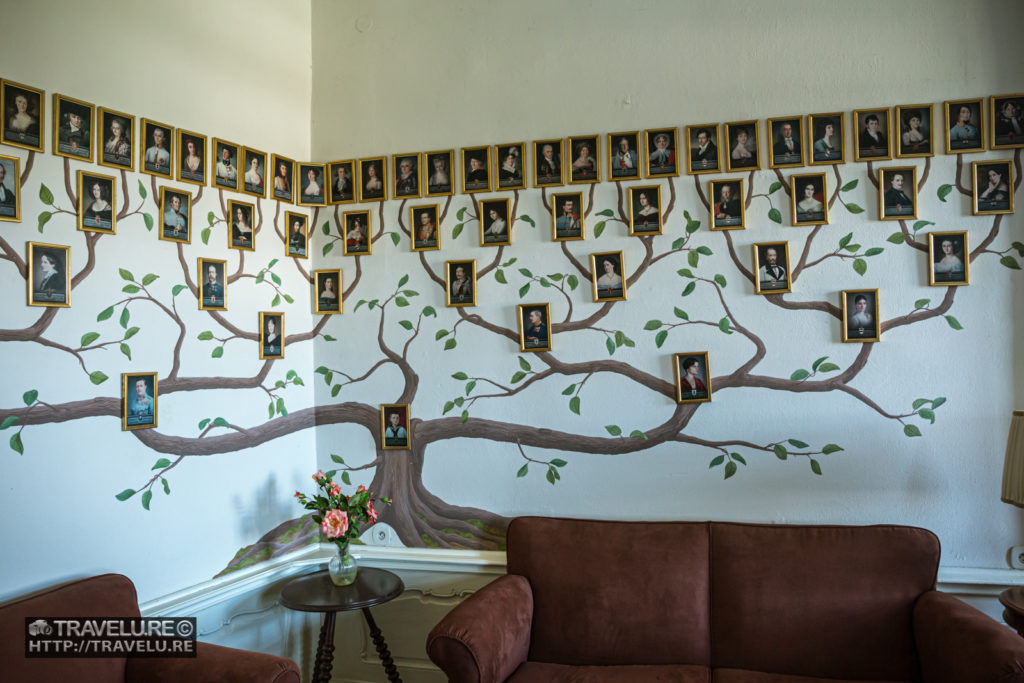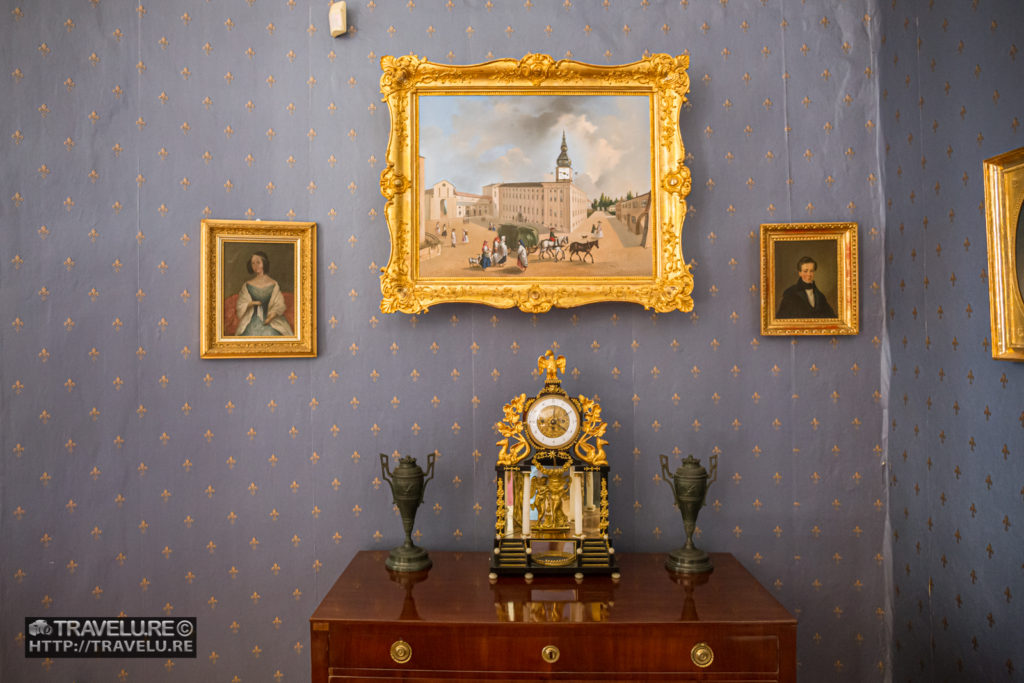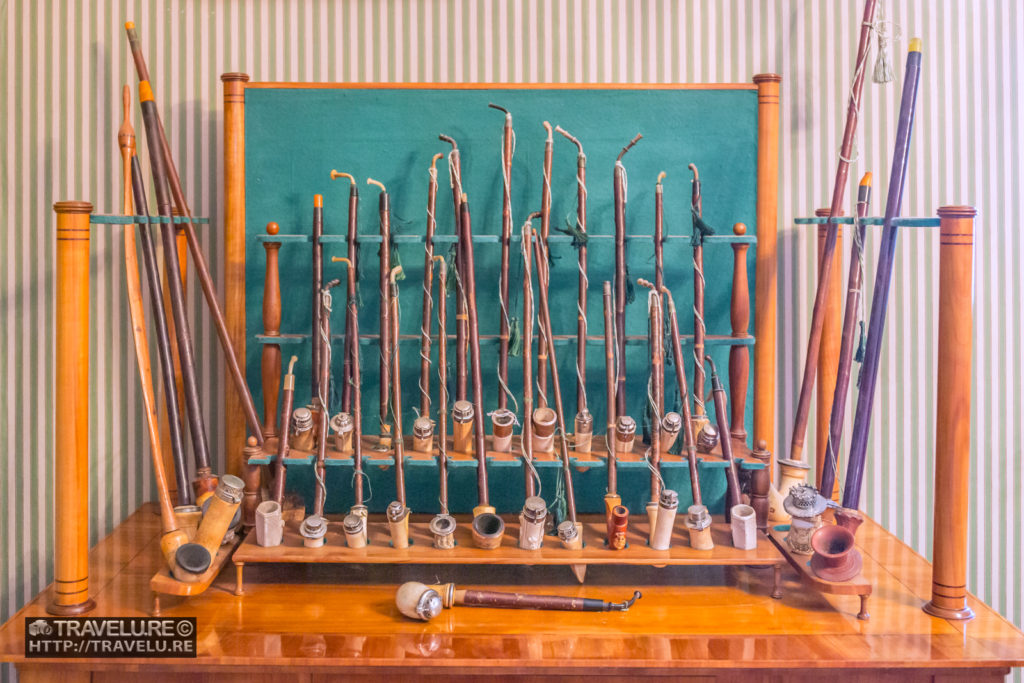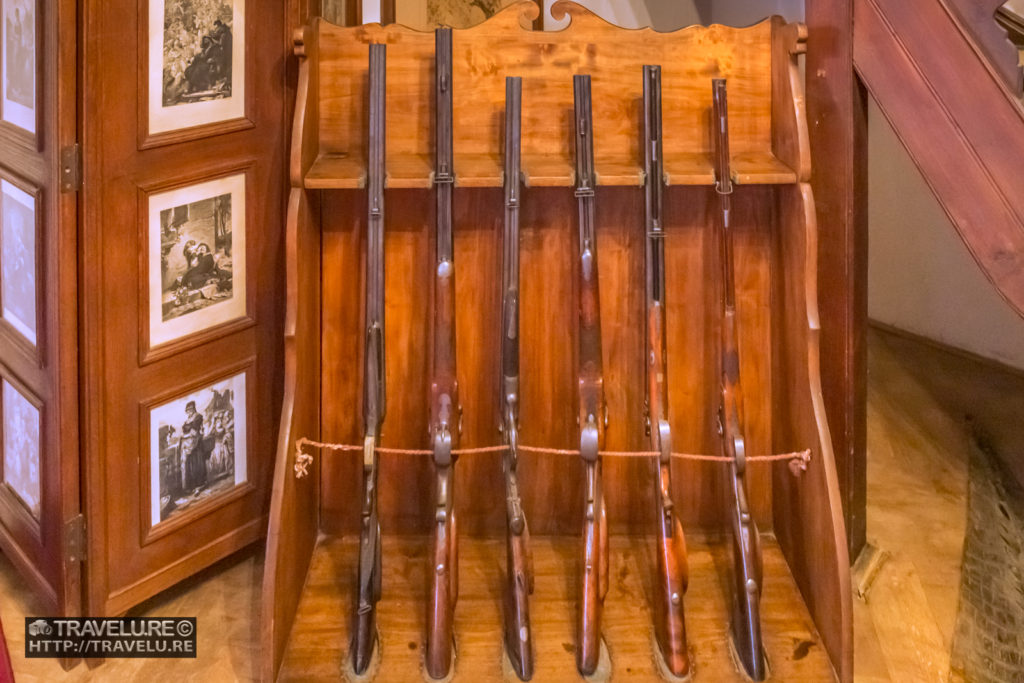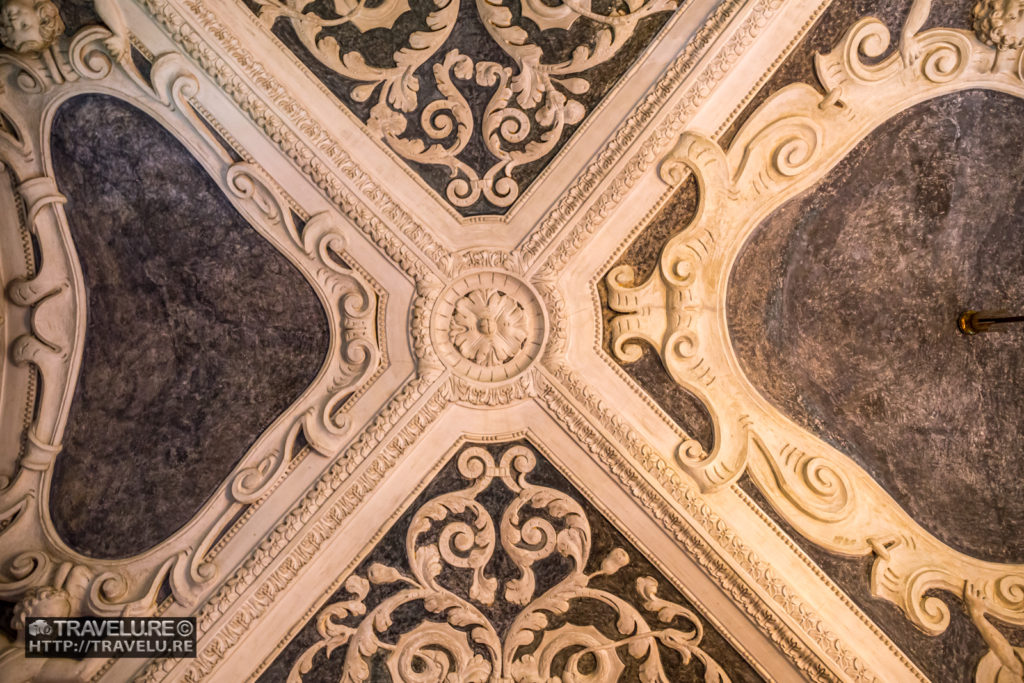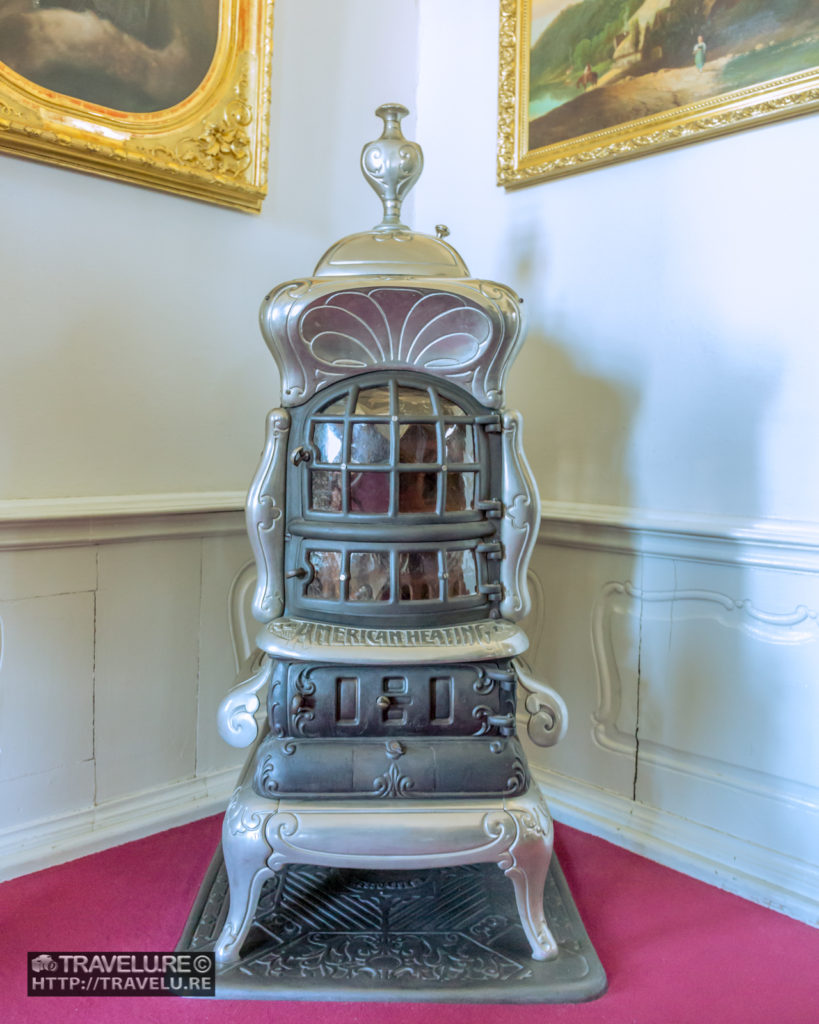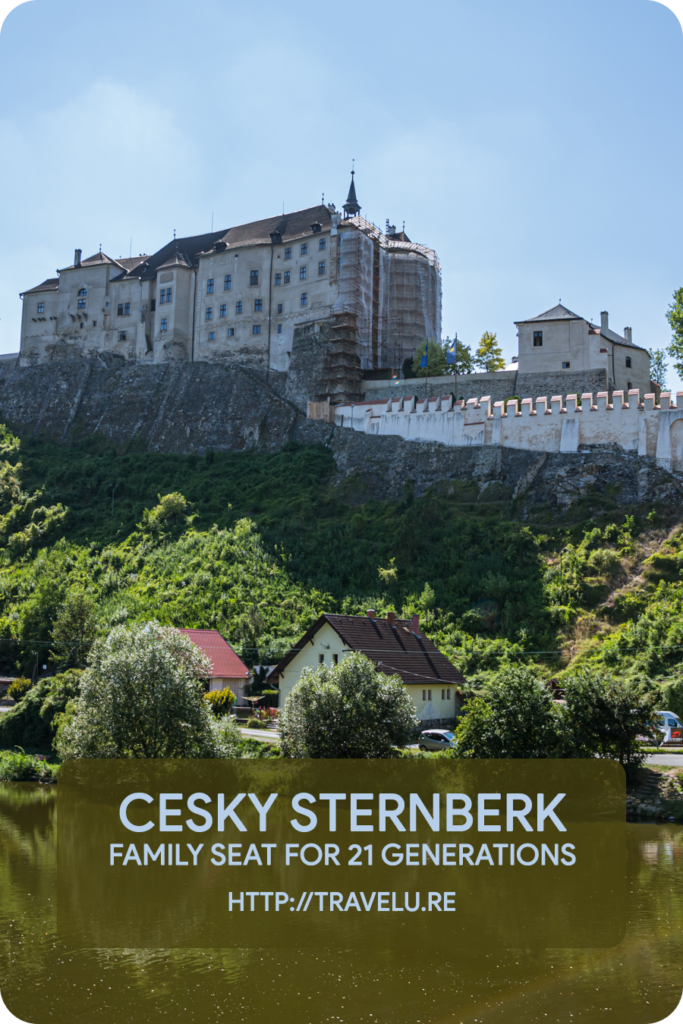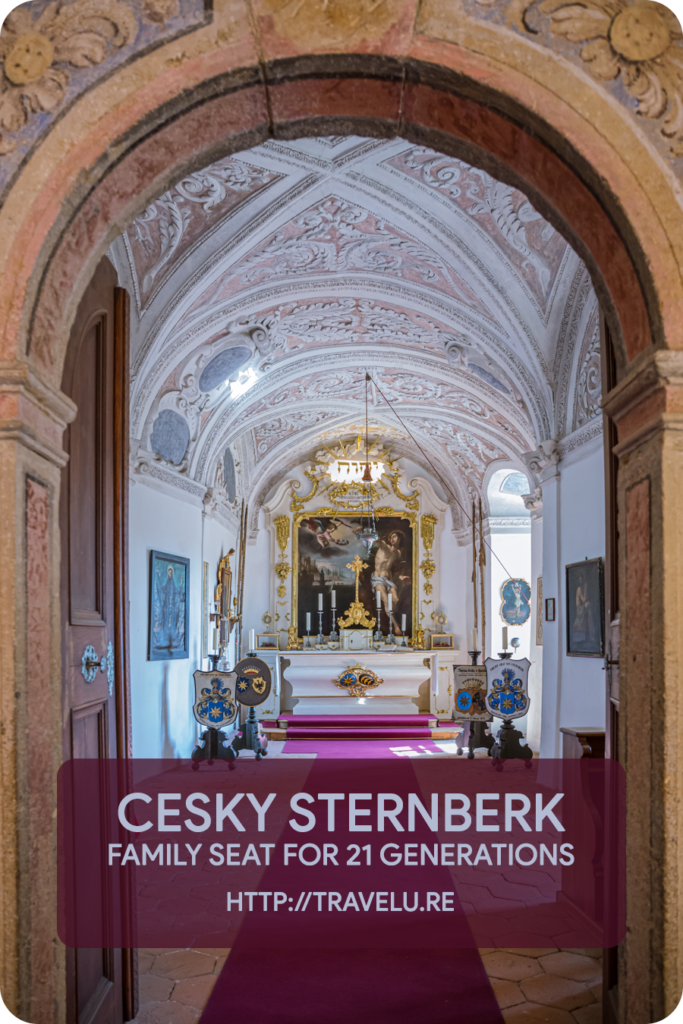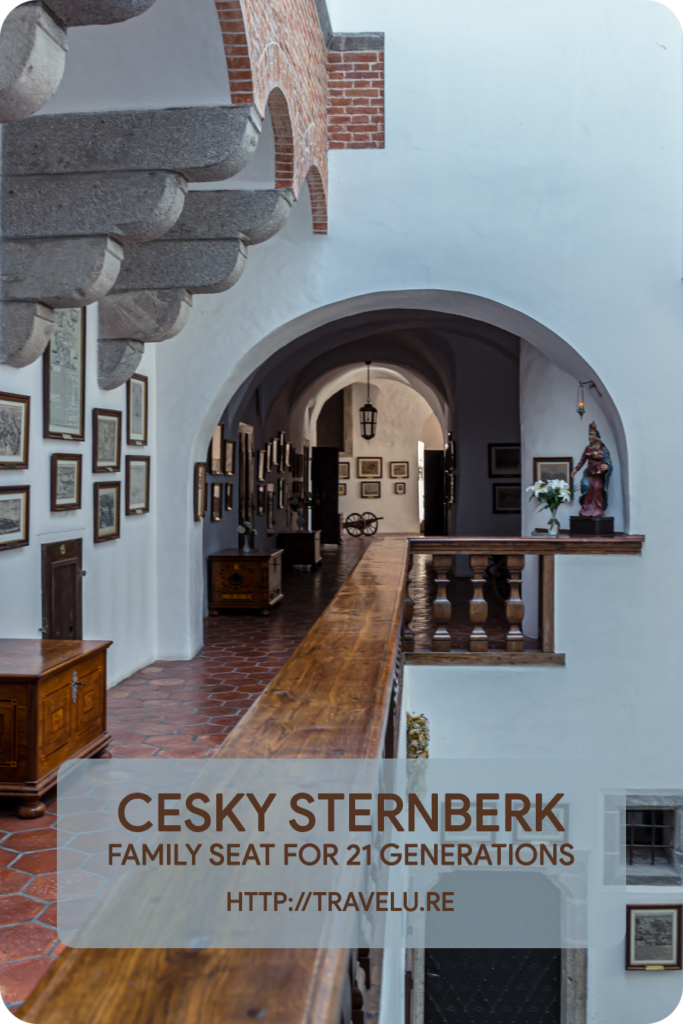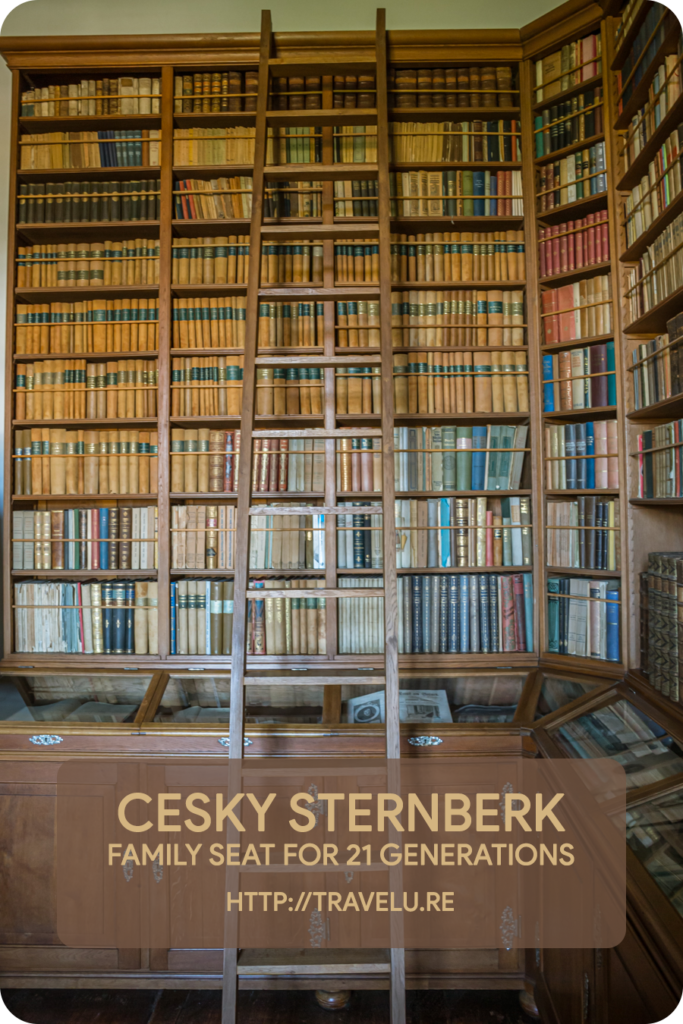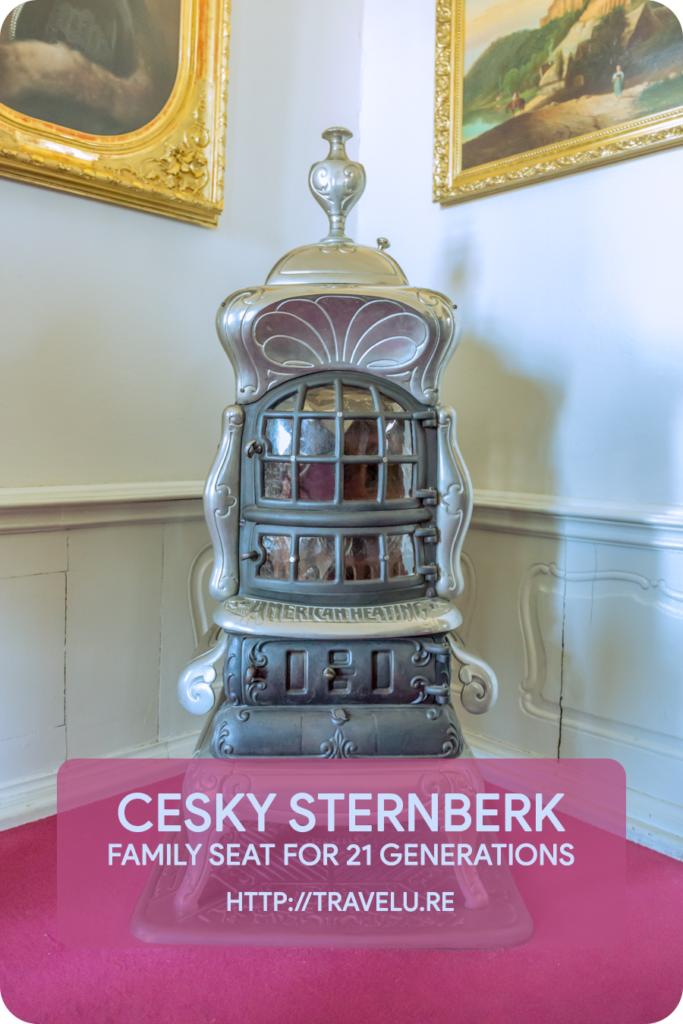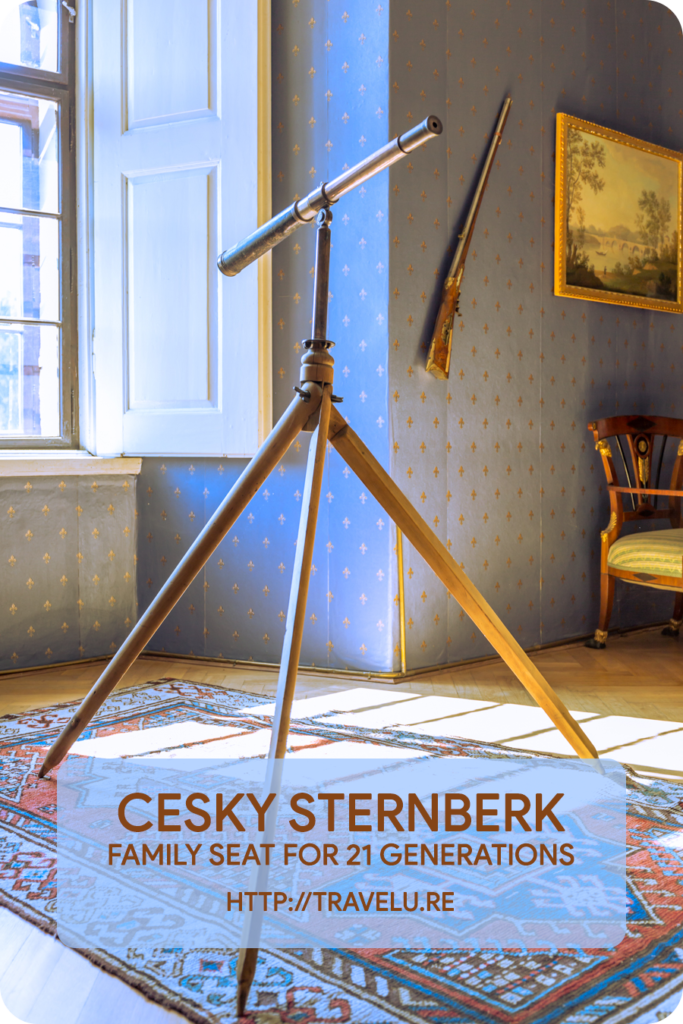Cesky Sternberk – Family Seat for 21 Generations
‘A train passes from there every afternoon!’ Our guide pointed towards a black pinstripe across the winding river that was the train track. The blue of the river and sky was framing the red, white, and green of the town across that extended from the bank of the river to the hilltop. The tranquil view was breathtaking.
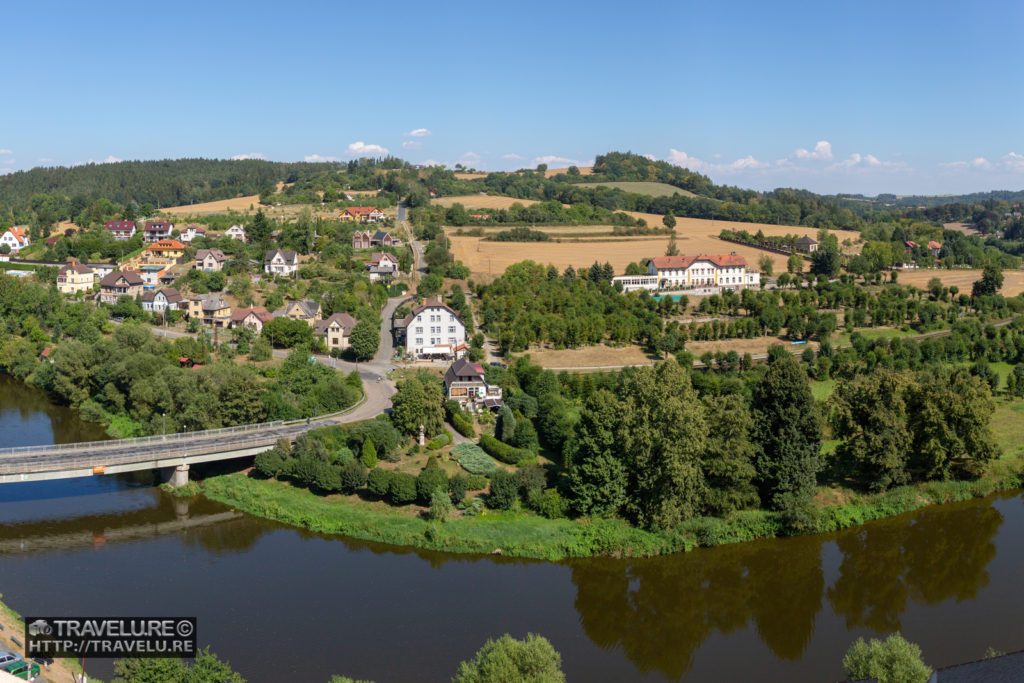
It was mid-morning. We were at the inner courtyard of Cesky Sternberk, a 13th-century castle in Central Bohemia (Czech Republic), waiting to be ushered in for our castle tour. To pass the time, we were looking down across the castle wall at the scenic river beneath and the idyllic town across.
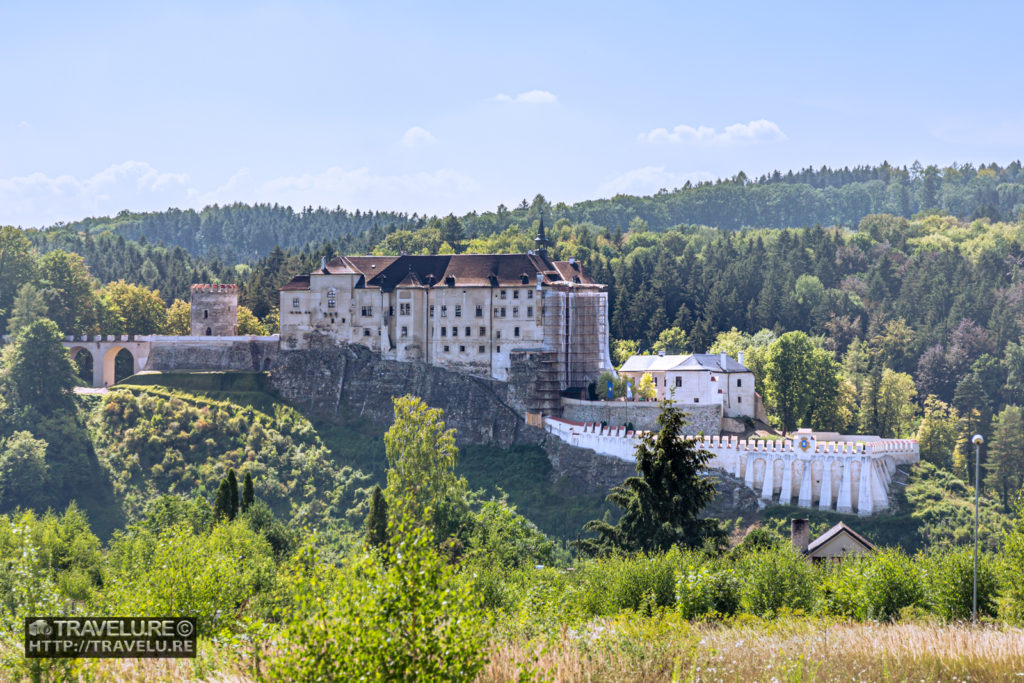
The Early History of Cesky Sternberk
Cesky Sternberk was the family seat of the lords of Sternberk – the Zdeslav. The construction work of the Gothic castle started in 1240 CE, and it took 60 years to complete. Despite many later-day reconstructions, the original medieval feel and core stayed intact. This royal castle serves as an interesting example of fortified architecture.
Cesky Sternberk is located atop a rocky ridge along the River Sazava and is just 60 km southeast of Prague. This vantage, supplemented by a drawbridge, gave the castle protection in case of an enemy attack. Given this locational advantage, the castle acted as the hub of the Catholic revolt against the Hussite king in the late 15th century. Soon after, in 1476 CE, the king’s troops confiscated and dismantled the castle. But later in the century, the new owners repaired it, adding a few more layers of fortification to the original ones. Even today, the defensive towers added then, survive.
Recent History of the Castle
Rebels plundered the castle in 1627 CE during the Thirty Year War. The reconstruction that followed later in the century had touches of baroque and rococo. From 1712 CE, the castle was not with the Sternberk family. They regained possession in 1841, but the communist regime nationalised and took it over during the mid-twentieth century.
Communists allowed Jiri Sternberk, a descendent of the Sternberk family, to remain there as a caretaker and guide. The property came back to Zdenek Sternberk, the heir of the family in 1992, and he kept up his efforts to bring it back to the old glory until he died in January 2021. His death brings the castle to the hands of the 21st generation of Šternberk – a rare occurrence, as very few castles the world over can claim to have remained in the family for 21 generations.
Inside Cesky Sternberk
The guide ushered us in and we entered the first space on the tour – The Knights’ Hall, the biggest and most lavish of the 15-odd rooms here. The room is from the early 1500s, and features ornate stucco embellishments, displays the Sternberk family’s coat-of-arms, and the portraits of some generals from the Thirty Year War. Its ceiling supports two 250-kg crystal chandeliers.
The second-biggest room in the castle is the dining room, and portraits and paintings adorn its walls. Yellow Salon displays a mural of the countryside. Beautiful frescoes form the ornamentation of the Ladies’ Lounge. The 18th-century furniture in the lounge is rococo.
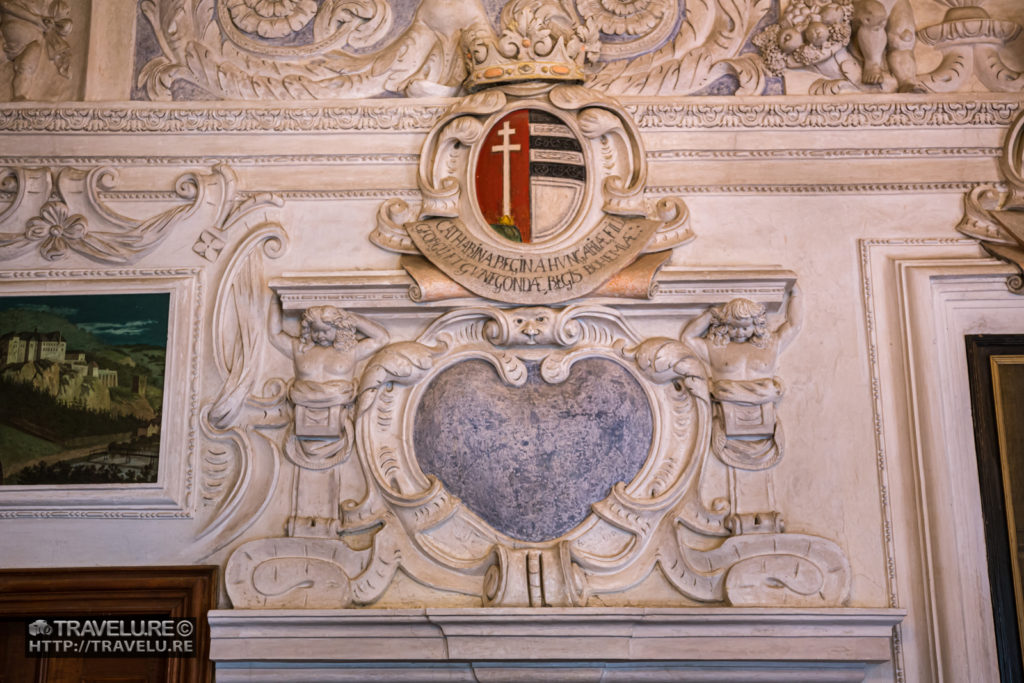
In another room that has Dutch Baroque furniture exhibits engravings portraying scenes from the Thirty Year War. In fact, that is but a small part of a 545-rendition-collection depicting various 17th-century wars. This is the largest personal collection of engravings anywhere in the world!
The Oriental Antechamber has Mother-of-pearl and ivory inlay furniture from the 18th-century. All around, you’d also see a lavish display of historical weapons and exquisite porcelain. There is a chapel, and a room full of hunting trophies. Yet another room displays the Sternberk Family Tree. The place is a graphic tour of nine centuries of history.
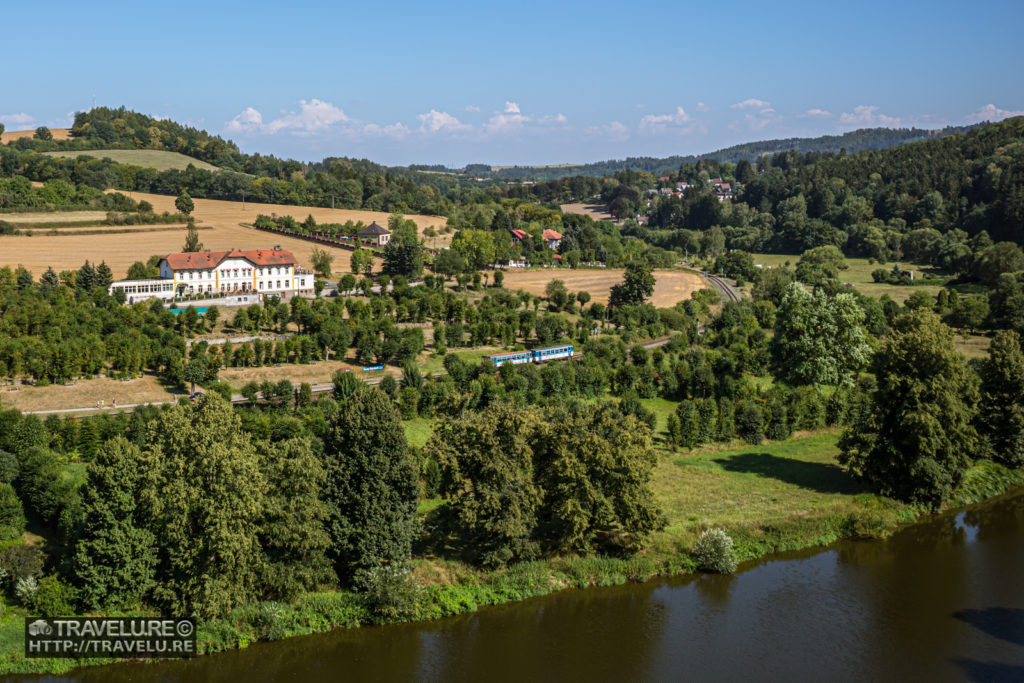
Concluding the Tour
Overwhelmed by the awesomeness of the castle, as we returned to the inner courtyard, the excited guide beckoned me to the castle wall as he yelled – ‘The train is coming!’ I looked hard and realised the train had just two bogies. I suppressed a grin and I told the guide with a straight face – ‘In India, our trains have dozens of bogies. We call a two-bogey transport a tram or a streetcar.’ I may have deflated an excited guide with this blunt observation, but I sure got his chest all puffed up by my sincere appreciation of the castle tour!

